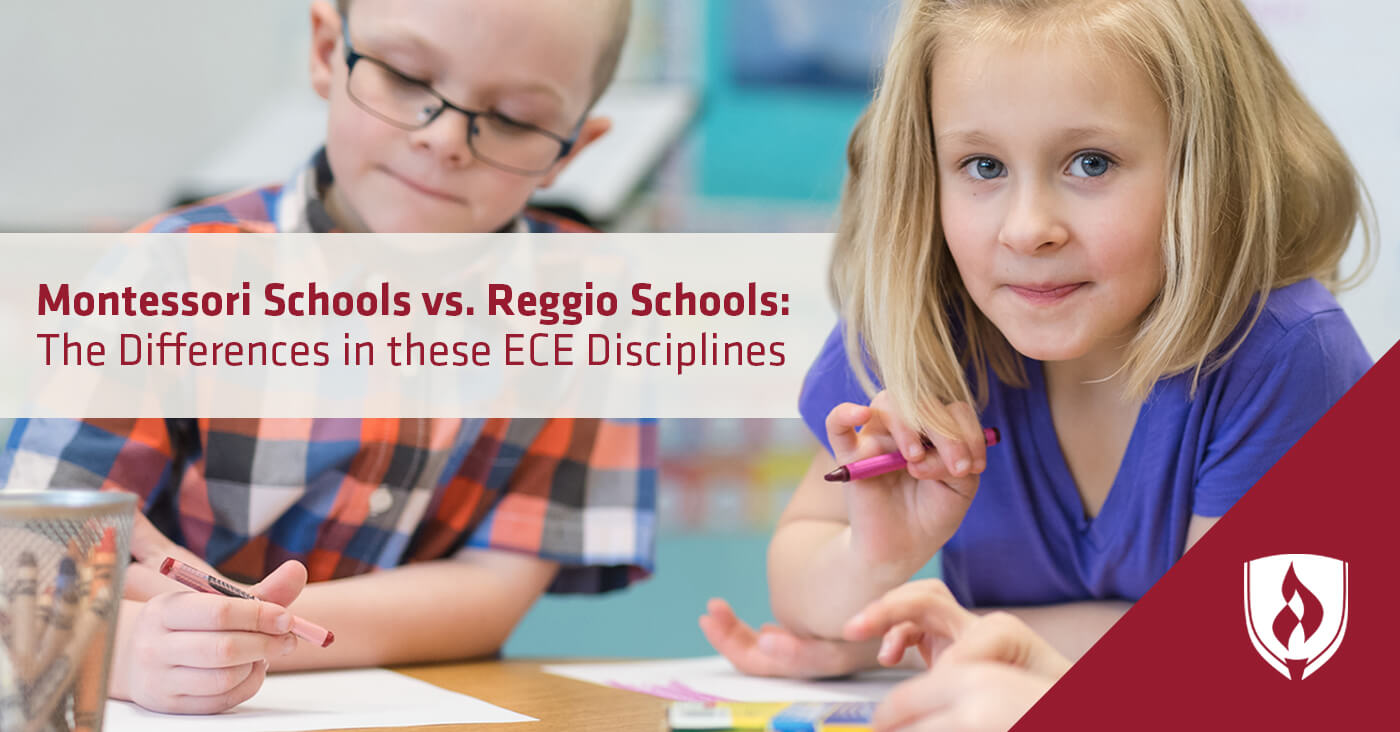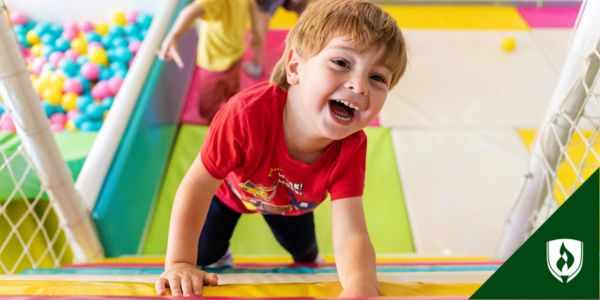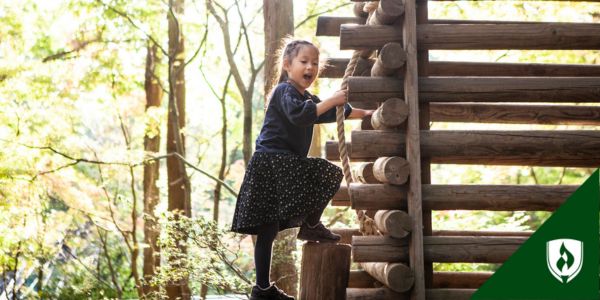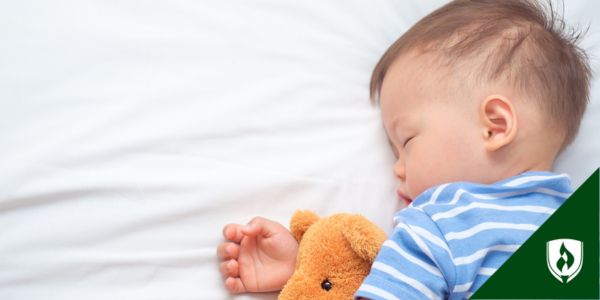Montessori Schools vs. Reggio Schools: The Differences in these ECE Disciplines
By Brianna Flavin on 02/29/2016

An image search of Montessori schools or Reggio schools will pull up pictures of gorgeous classroom spaces that are serene, unconventional and filled with light. It’s no wonder parents like you are attracted to these alternative learning models for their kids. It’s not just kids who can benefit from Montessori and Reggio schools—these high-quality learning environments need early childhood education teachers. With your love of children, you might make a great candidate!
But another quick search on the details of these famous programs can get overwhelming. Names in other languages flit across the screen, each style claiming its own territory and bringing pages of research along with it.
If you are considering work as an early childhood education (ECE) teacher, you want to know what you are getting into. One system may better complement your interests and ideals than another. We rounded up the similarities and differences between Montessori schools and Reggio schools to help you navigate these compelling learning models. Read on to learn which one might be a better fit for you.
The basics of Montessori schools
The Montessori methodology began in Italy in 1907. Founder Maria Montessori was a physician who wanted to see a style of schooling that involved the whole child. The Early Childhood Research and Practice Journal (ECRP) reports that Montessori schools usually group children in multi-age classrooms to encourage peer relationships and learning between ages.
The classroom environment is intended to be serene and carefully prepared for sensory experiences (interactions with smells, sights, sounds and textures). Typical classrooms have more than one teacher, who observe and direct learning unobtrusively, moving students to more independent learning as they grow.
The basics of Reggio schools
The Reggio Emilia methodology also began in Italy, but about fifty years after the start of Montessori. The name “Reggio” comes from the hometown of founder Loris Malaguzzi, where the entire town was involved in the education model.
Similar to Montessori, Reggio classroom environments are calm, beautiful and open. They also foster multi-age relationships with classmates and believe in an endless diversity of learning styles and expressions, according to ECRP. “Reggio-inspired schools are committed to embracing children for who they are today. They recognize that children learn and acquire knowledge through different means and methods,” explains Kellee Nelson, director of Westwood Early Childhood Center.
Despite these similarities, Reggio schools are not as formal as many of the other European education styles. There aren’t any formally defined methods, leaving it up to the teacher and child to establish a learning pattern together.
Navigating the differences
While Reggio is very similar to Montessori in some ways, there are also crucial differences that come into play, especially for teachers. Nelson asserts that the sense of community is the most essential difference in a Reggio school. “Parents, children and educators are viewed as partners throughout the educational process,” she explains.
This creates a community of learning together in which parents, teachers and children are in constant communication. Teachers typically work in pairs and are expected to rely on and support each other in their work. The belief that educators should also be learners is strongly represented here, as Reggio teachers share ideas with each other and with the parents.
Nelson says that teachers will often present a child with materials in an intentional way and take notes on how the child proceeds. This emphasis on communication and the documentation of a child’s learning history is a huge pillar of the Reggio philosophy. Nelson highlights how this differs from Montessori schools, where the curriculum is pre-determined and there are specific expectations for how children respond.
Another difference in Montessori Schools is that teachers are viewed as guides who observe children without interfering with them. It’s a Montessori educator’s goal to let children grow in confidence so they become more independent as they learn and develop, according to ECRP.
The classroom environments are another distinction between Reggio schools and Montessori schools. The Reggio model takes classroom environment to the next level. Nelson says it is considered the “third teacher” in the room. The belief that children are competent and capable individuals is woven into a Reggio school’s very atmosphere.
Montessori classrooms include carefully chosen toys, books and materials designed to encourage children’s independence. Child-sized sinks, tables, shelves and kitchen tools allow children to play without asking for an adult’s help. This lets children “progress at their own pace and rhythm,” as stated by ECRP.
Finding the philosophy that fits
The role of a teacher varies somewhat between Reggio schools and Montessori schools. Teachers are considered unobtrusive directors in a Montessori model and follow a curriculum plan to move their students into independent learning.
They are called artful balancers in a Reggio model. They plan with another teacher, communicating with the child as well as the child’s parents to create a learning track that documents the child’s history of thought and creation.
Choosing the model that best fits your teaching style might come down to how much structure you prefer, or how well you communicate with other adults as well as children.
A strong candidate for the Reggio style “must view parents as partners and actively seek their advice, feedback and support when it comes to decisions that impact programming,” according to Nelson. She emphasizes lifelong learning and believes a successful Reggio teacher should seek professional development to better understand their practice. They also must be comfortable with uncertainty and exploration.
You might enjoy working in Montessori schools if you are excited to encourage children’s natural curiosity and are comfortable rewarding them with more freedom once they’ve proven they can handle the responsibility, according to the Canadian Council of Montessori Administrators. Montessori teachers must be able to resist the urge to assist a child who is working on a new task. Instead they should allow a child to learn at her own pace.
Follow your passion
Both Montessori schools and Reggio schools offer fantastic teaching opportunities. Though there are differences, both are fully invested in the development of young children, which is what drew you to the ECE field in the first place.
Regardless of which philosophy you align with more, you’re sure becoming a preschool teacher is right for you! Check out this article to learn how to make that dream a reality: Your Lesson Plan for Becoming a Preschool Teacher.
RELATED ARTICLES:




